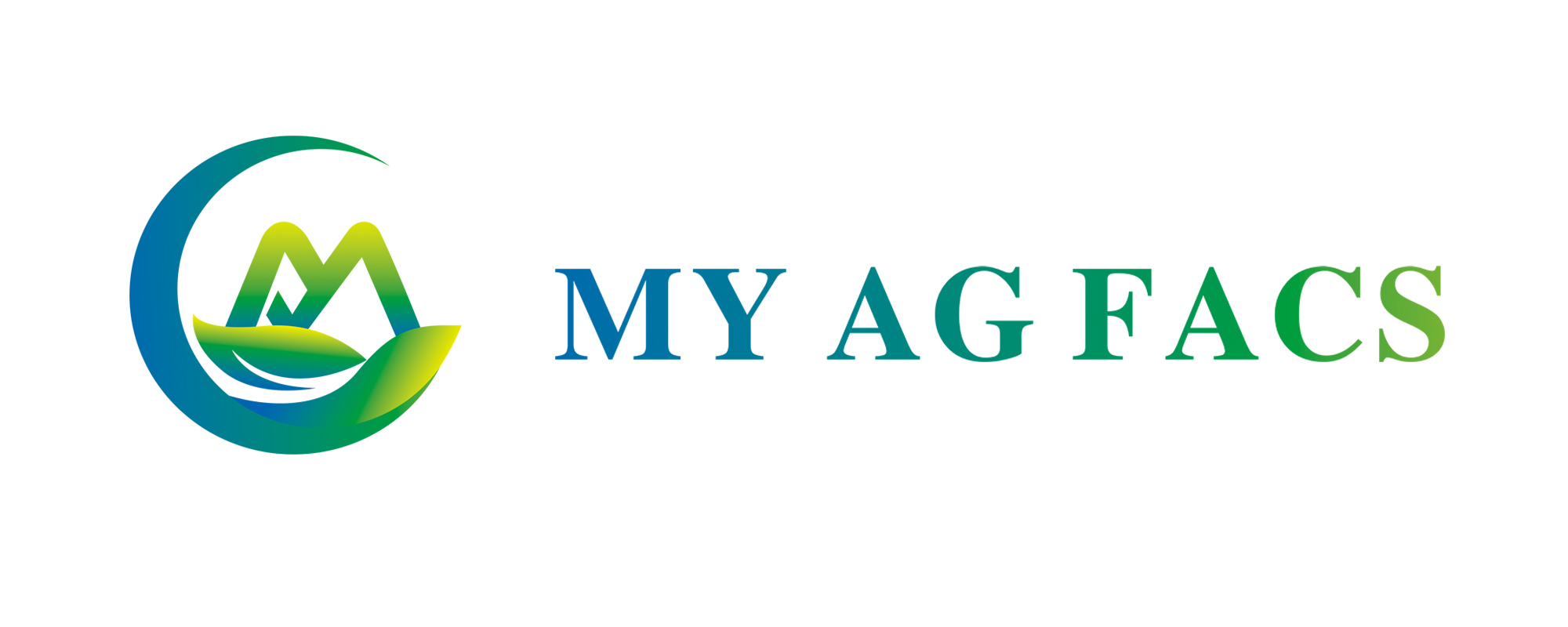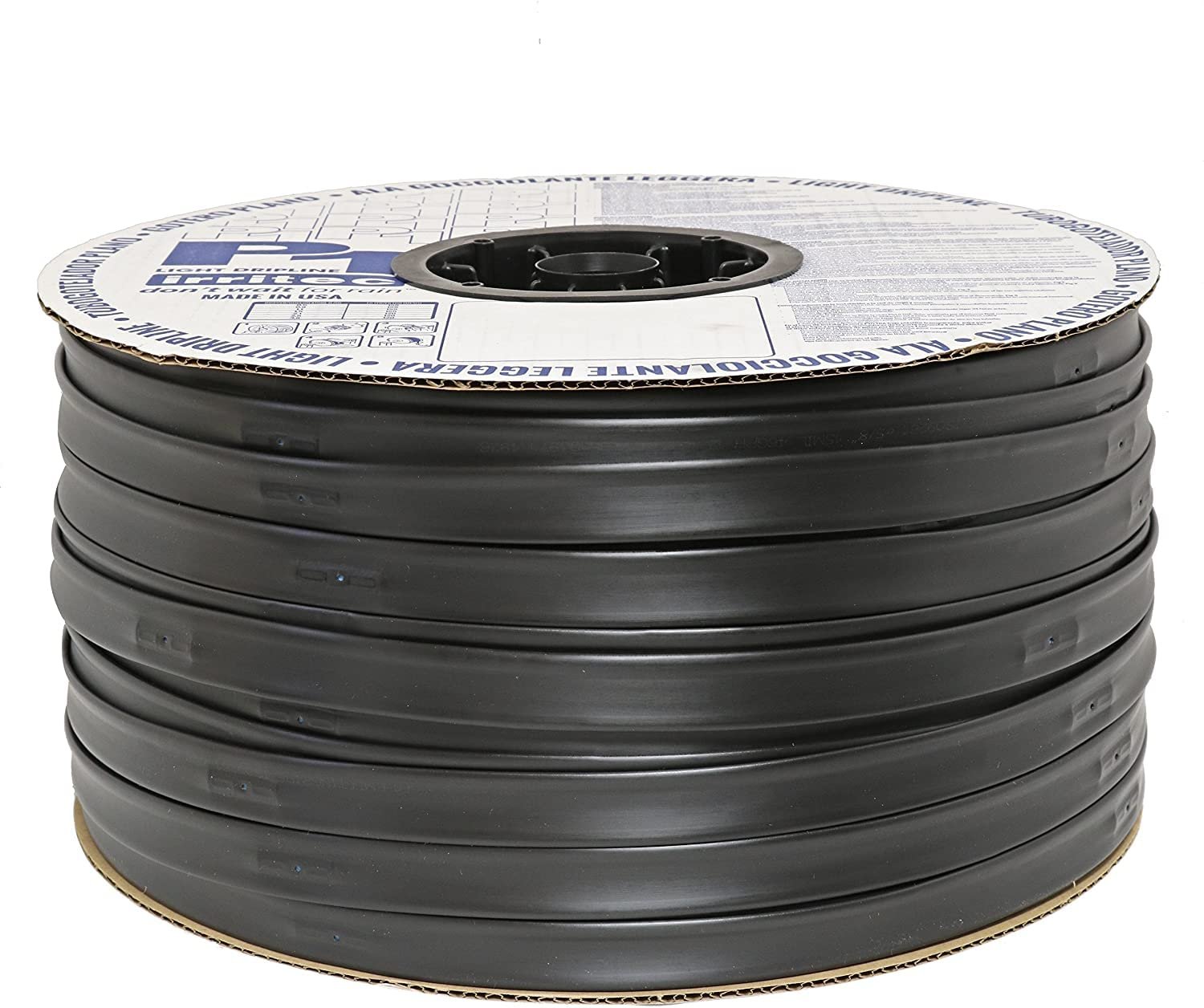

In today's world, where global water resources are increasingly strained and sustainable agricultural development faces numerous challenges, drip irrigation tape, as a core device of efficient water-saving irrigation technology, is quietly changing the traditional agricultural irrigation model with its unique advantages and broad application prospects. It has become a powerful driving force for the green development of modern agriculture.
The application scenarios of drip irrigation tape are extremely broad, covering almost all areas of agricultural production.
In arid and water-scarce regions, the water-saving advantages of drip irrigation tape are fully demonstrated. For example, in the Gobi and desert fringe areas of Northwest China, where water resources are extremely scarce, drip irrigation tape has become a vital tool for agricultural development. By delivering water directly to the roots of crops through capillary tubes, drip irrigation tape can achieve a water utilization rate of up to 95%, significantly reducing water waste compared to traditional flood irrigation methods. This has not only alleviated the local water shortage problem but also brought new hope for agricultural production in these areas.
In greenhouses, drip irrigation tape is even more effective. It can achieve integrated water and fertilizer management, delivering water and nutrients directly to the roots of crops. Through this system, farmers can dissolve fertilizers and transport them directly to the roots, avoiding the waste and loss associated with traditional fertilization methods. At the same time, drip irrigation can effectively reduce humidity in the greenhouse, minimizing the occurrence of pests and diseases, thereby increasing crop yield and quality. For example, in some modern vegetable greenhouses, the use of drip irrigation tape has shortened the growth cycle of vegetables, increased yield by 30% to 50%, and significantly improved quality.
In orchards, drip irrigation tape also plays a significant role. The root systems of fruit trees are extensive, and traditional irrigation methods often fail to maintain the optimal soil moisture level. Drip irrigation tape can provide the right amount of water to each tree according to its water requirements, avoiding over- or under-irrigation. This precise irrigation method not only benefits the growth and fruit development of fruit trees but also saves water. In some fruit planting bases, the use of drip irrigation tape has improved the sweetness and taste of the fruits, significantly increasing the marketable fruit rate and bringing considerable economic benefits to fruit farmers.
In addition to these scenarios, drip irrigation tape is also widely used in vegetable cultivation, economic crop irrigation, and large-scale field crop irrigation. In vegetable cultivation, drip irrigation tape can provide water and nutrients according to the growth stages and water requirements of vegetables, ensuring that they are not affected by drought or flooding. In the cultivation of economic crops such as flowers and traditional Chinese medicinal materials, the precise irrigation and integrated water and fertilizer management functions of drip irrigation tape can significantly improve crop quality and yield. In large-scale field crop irrigation, the application of drip irrigation tape is also becoming more common, especially in areas with uneven terrain and soil fertility. Drip irrigation tape can flexibly adjust the irrigation plan according to the terrain and soil conditions to achieve uniform irrigation.
The use of drip irrigation tape offers many significant advantages, which not only bring direct economic benefits to agricultural production but also provide strong support for sustainable agricultural development.
The core advantage of drip irrigation tape is its significant water-saving effect. Compared with traditional flood irrigation methods, drip irrigation tape can save 30% to 90% of water. This water-saving effect is mainly achieved through the precise irrigation method of drip irrigation tape. By delivering water directly to the roots of crops through capillary tubes, drip irrigation tape avoids water loss during transportation due to evaporation and leakage. At the same time, drip irrigation tape can precisely control the irrigation amount according to the water requirements of crops, ensuring that every drop of water is fully utilized by crops. In today's world, where water resources are increasingly scarce, the water-saving function of drip irrigation tape not only saves irrigation costs for farmers but also makes an important contribution to protecting water resources and alleviating water shortages.
The irrigation process of drip irrigation tape can be automated, significantly reducing labor intensity and improving irrigation efficiency. Traditional irrigation methods require a lot of manual labor, such as digging ditches, diverting water, and releasing water, which is not only time-consuming and labor-intensive but also prone to uneven irrigation. In contrast, the drip irrigation system only needs to set the irrigation time and amount before irrigation, and the system can automatically complete the irrigation task. This automated irrigation method not only saves labor but also improves the precision and uniformity of irrigation, ensuring that every plant receives sufficient water. In large farms and planting bases, the use of drip irrigation tape has increased irrigation efficiency by more than 50%, greatly reducing labor costs.
The use of drip irrigation tape can also effectively maintain soil structure and avoid soil compaction. Traditional irrigation methods often wash away the surface soil, blocking the pores between soil particles and causing soil compaction, which affects the respiration and growth of crop roots. The precise irrigation method of drip irrigation tape allows water to slowly infiltrate the soil, avoiding surface soil erosion and maintaining soil porosity and aeration. This good soil structure is conducive to the growth and development of crop roots, improving the disease resistance and yield of crops.
The precise irrigation method of drip irrigation tape can also effectively reduce weed growth. Traditional irrigation methods often evenly distribute water across the field, providing favorable conditions for weed growth. In contrast, drip irrigation tape only delivers water to the roots of crops, keeping other areas of the soil relatively dry, thereby inhibiting weed growth. Reducing weed growth not only lowers weed control costs but also reduces competition for nutrients between weeds and crops, further improving crop yield and quality.
With the increasing global water scarcity and the accelerated advancement of agricultural modernization, the market prospects for drip irrigation tape are extremely broad. On the one hand, the significant advantages of drip irrigation technology in water-saving and yield-increasing have made it highly favored in arid regions and high-value economic crop cultivation. In areas with extremely scarce water resources, drip irrigation tape has become an essential tool for agricultural production. Its water-saving effect not only ensures the basic water needs for crop growth but also provides water security for local residents' daily lives. In high-value economic crop cultivation, such as flowers, fruits, and traditional Chinese medicinal materials, the precise irrigation and integrated water and fertilizer management functions of drip irrigation tape can significantly improve crop quality and yield, bringing higher economic benefits to growers.
On the other hand, with continuous technological progress, the cost of drip irrigation tape is gradually decreasing, and its application scope is expected to expand further. In recent years, with the emergence of new materials and technologies, the production cost of drip irrigation tape has been declining year by year. At the same time, the installation and maintenance techniques of drip irrigation systems have also become more mature, significantly reducing installation and maintenance costs. This has enabled more ordinary farmers to afford the cost of using drip irrigation tape, thereby promoting the application of drip irrigation technology in a wider range of areas and crops.
In addition, with increasing attention to environmental protection and sustainable development, the environmental advantages of drip irrigation tape as an efficient water-saving irrigation device have also become more evident. The use of drip irrigation tape not only conserves water resources but also reduces soil salinization and groundwater pollution caused by excessive irrigation. These environmental benefits not only align with the national sustainable development strategy but are also increasingly recognized by more and more farmers.
Drip irrigation tape, as an efficient water-saving irrigation device, has become an indispensable part of modern agriculture with its broad application scenarios, significant advantages, and broad application prospects. It not only provides an efficient irrigation solution for agricultural production but also makes an important contribution to the sustainable use of water resources and the green development of agriculture. In the future agricultural production, with the continuous progress of technology and further reduction of costs, the application scope of drip irrigation tape will surely expand further. Its advantages in water-saving, yield-increasing, and environmental protection will be more fully demonstrated. We have every reason to believe that drip irrigation tape will become the "green engine" driving the development of modern agriculture and help agriculture achieve high-quality and sustainable development.